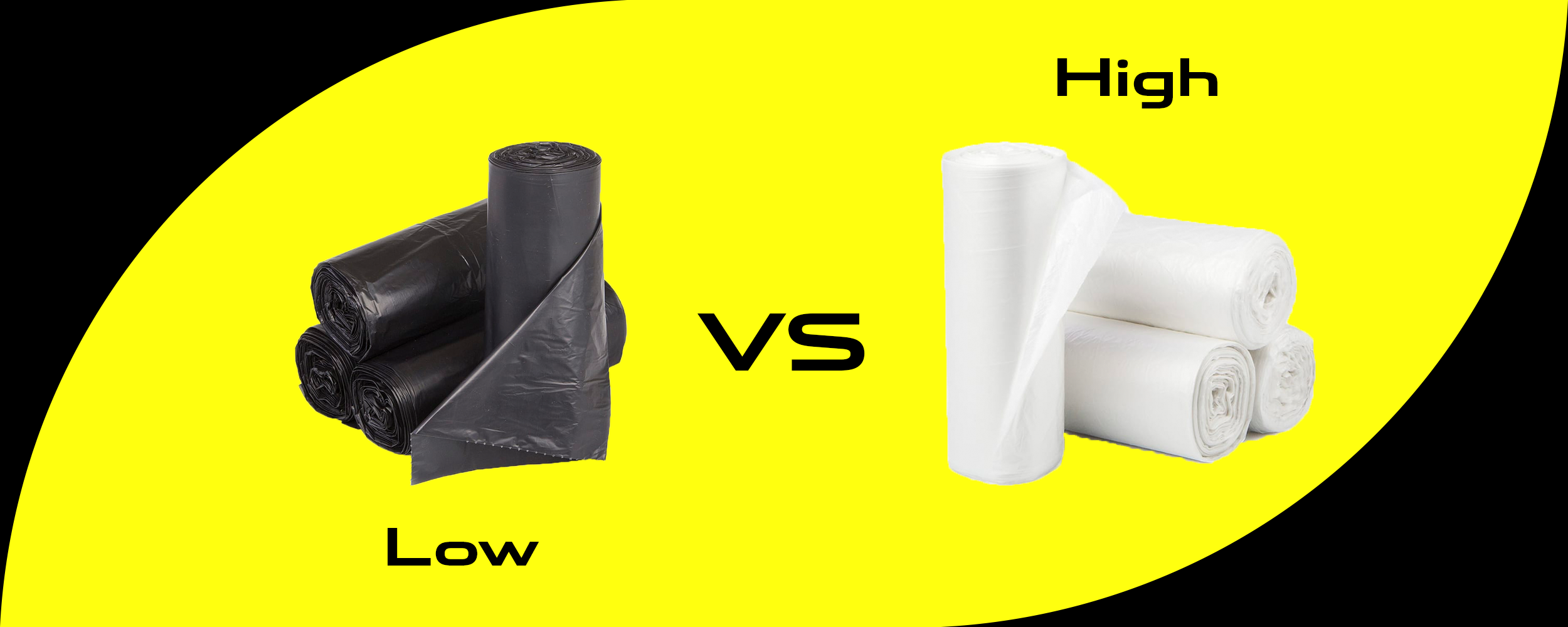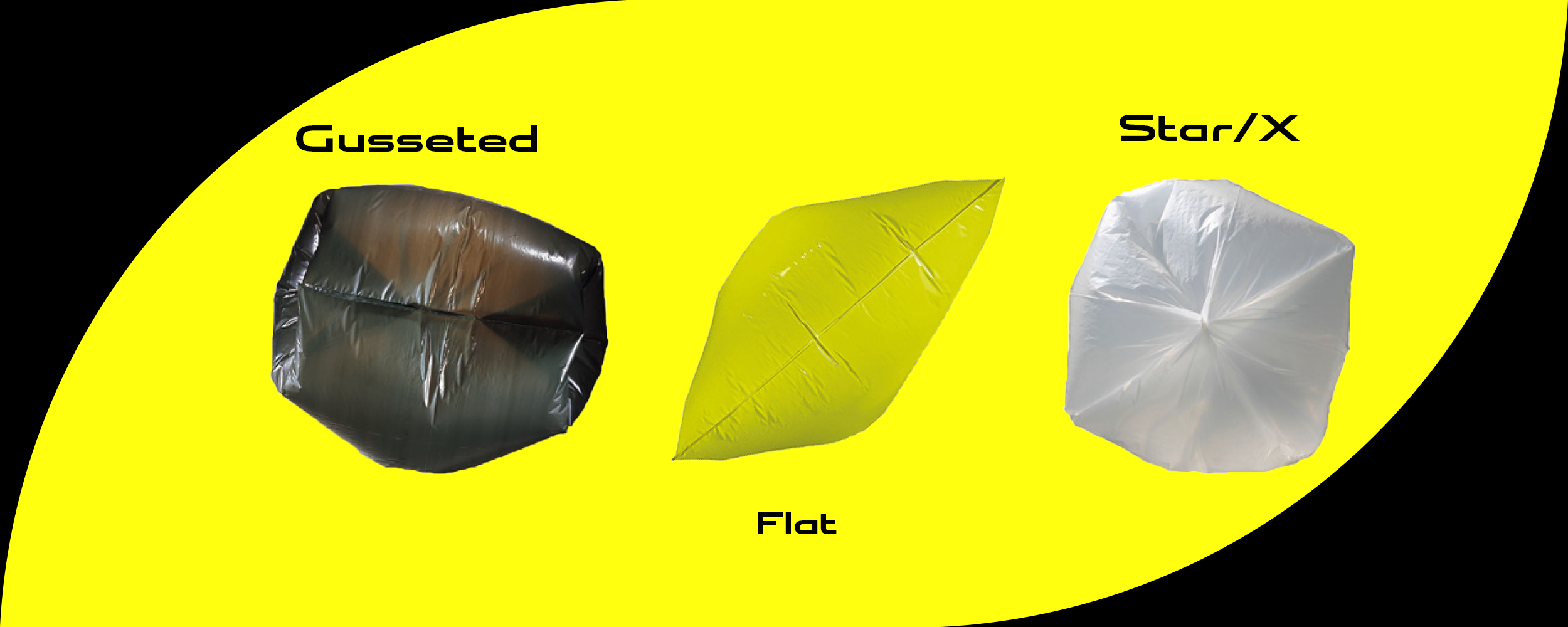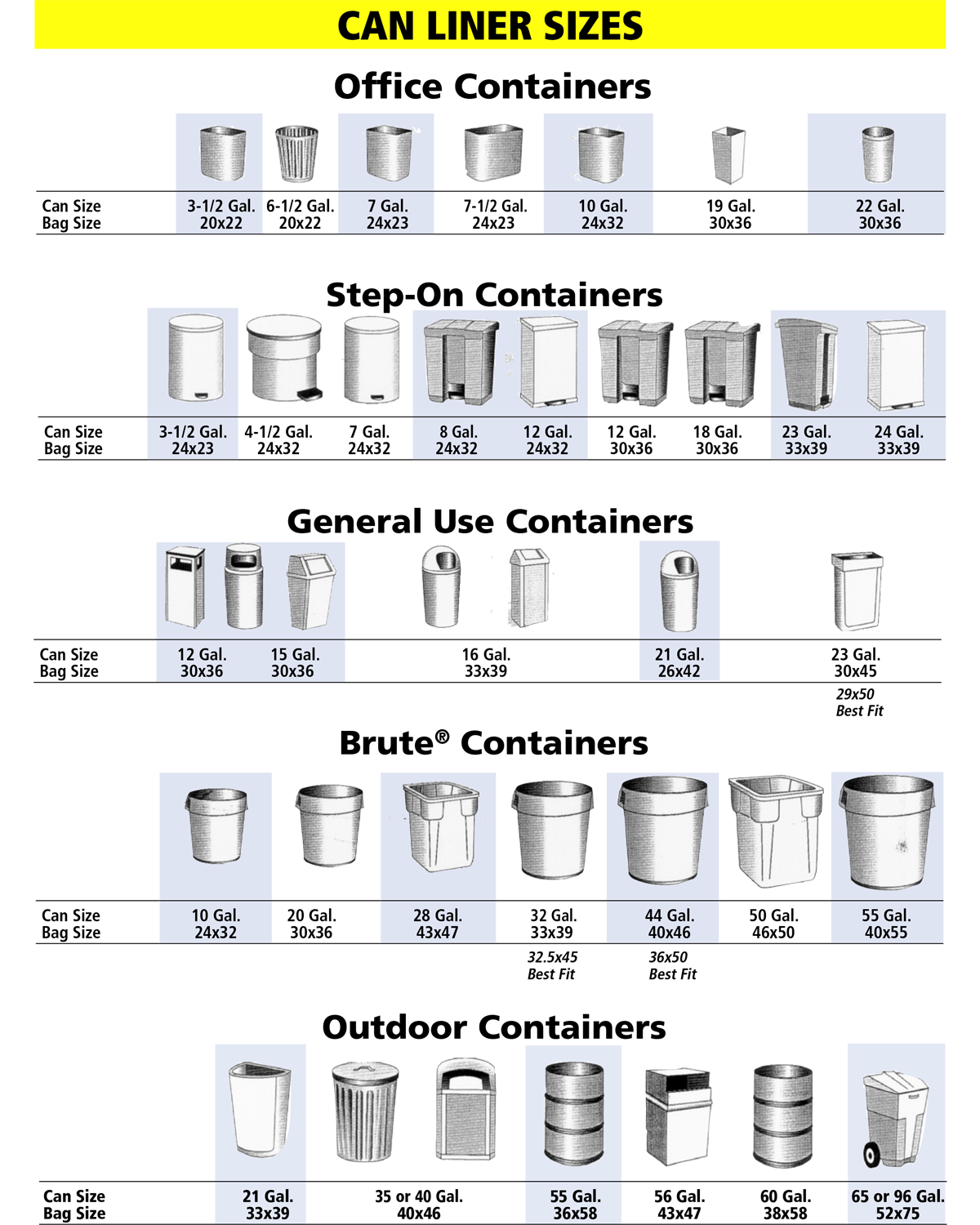<!-- Start Tracking Code for analytics_facebook -->
<script data-bc-cookie-consent="4" type="text/plain">
!function(f,b,e,v,n,t,s){if(f.fbq)return;n=f.fbq=function(){n.callMethod?n.callMethod.apply(n,arguments):n.queue.push(arguments)};if(!f._fbq)f._fbq=n;n.push=n;n.loaded=!0;n.version='2.0';n.queue=[];t=b.createElement(e);t.async=!0;t.src=v;s=b.getElementsByTagName(e)[0];s.parentNode.insertBefore(t,s)}(window,document,'script','https://connect.facebook.net/en_US/fbevents.js');
fbq('set', 'autoConfig', 'false', '304550204204358');
fbq('dataProcessingOptions', []);
fbq('init', '304550204204358', {"external_id":"a02ccd6a-824e-4e25-b079-b02e09cef007"});
fbq('set', 'agent', 'bigcommerce', '304550204204358');
function trackEvents() {
var pathName = window.location.pathname;
fbq('track', 'PageView', {}, "");
// Search events start -- only fire if the shopper lands on the /search.php page
if (pathName.indexOf('/search.php') === 0 && getUrlParameter('search_query')) {
fbq('track', 'Search', {
content_type: 'product_group',
content_ids: [],
search_string: getUrlParameter('search_query')
});
}
// Search events end
// Wishlist events start -- only fire if the shopper attempts to add an item to their wishlist
if (pathName.indexOf('/wishlist.php') === 0 && getUrlParameter('added_product_id')) {
fbq('track', 'AddToWishlist', {
content_type: 'product_group',
content_ids: []
});
}
// Wishlist events end
// Lead events start -- only fire if the shopper subscribes to newsletter
if (pathName.indexOf('/subscribe.php') === 0 && getUrlParameter('result') === 'success') {
fbq('track', 'Lead', {});
}
// Lead events end
// Registration events start -- only fire if the shopper registers an account
if (pathName.indexOf('/login.php') === 0 && getUrlParameter('action') === 'account_created') {
fbq('track', 'CompleteRegistration', {}, "");
}
// Registration events end
function getUrlParameter(name) {
var cleanName = name.replace(/[\[]/, '\[').replace(/[\]]/, '\]');
var regex = new RegExp('[\?&]' + cleanName + '=([^&#]*)');
var results = regex.exec(window.location.search);
return results === null ? '' : decodeURIComponent(results[1].replace(/\+/g, ' '));
}
}
if (window.addEventListener) {
window.addEventListener("load", trackEvents, false)
}
</script>
<noscript><img height="1" width="1" style="display:none" alt="null" src="https://www.facebook.com/tr?id=304550204204358&ev=PageView&noscript=1&a=plbigcommerce1.2&eid="/></noscript>
<!-- End Tracking Code for analytics_facebook -->
<!-- Start Tracking Code for analytics_googleanalytics -->
<meta name="msvalidate.01" content="00862C65439DDED957CEA2B7678C3AEE" />
<!-- Google Tag Manager (noscript) -->
<noscript><iframe src="https://www.googletagmanager.com/ns.html?id=GTM-5HSVXTW"
height="0" width="0" style="display:none;visibility:hidden"></iframe></noscript>
<!-- End Google Tag Manager (noscript) -->
<!-- End Tracking Code for analytics_googleanalytics -->
<!-- Start Tracking Code for analytics_googleanalytics4 -->
<script data-cfasync="false" src="https://cdn11.bigcommerce.com/shared/js/google_analytics4_bodl_subscribers-358423becf5d870b8b603a81de597c10f6bc7699.js" integrity="sha256-gtOfJ3Avc1pEE/hx6SKj/96cca7JvfqllWA9FTQJyfI=" crossorigin="anonymous"></script>
<script data-cfasync="false">
(function () {
window.dataLayer = window.dataLayer || [];
function gtag(){
dataLayer.push(arguments);
}
function initGA4(event) {
function setupGtag() {
function configureGtag() {
gtag('js', new Date());
gtag('set', 'developer_id.dMjk3Nj', true);
gtag('config', 'G-0FR2DHWQ6W');
}
var script = document.createElement('script');
script.src = 'https://www.googletagmanager.com/gtag/js?id=G-0FR2DHWQ6W';
script.async = true;
script.onload = configureGtag;
document.head.appendChild(script);
}
setupGtag();
if (typeof subscribeOnBodlEvents === 'function') {
subscribeOnBodlEvents('G-0FR2DHWQ6W', true);
}
window.removeEventListener(event.type, initGA4);
}
gtag('consent', 'default', {"ad_storage":"denied","ad_user_data":"denied","ad_personalization":"denied","analytics_storage":"denied","functionality_storage":"denied"})
var eventName = document.readyState === 'complete' ? 'consentScriptsLoaded' : 'DOMContentLoaded';
window.addEventListener(eventName, initGA4, false);
})()
</script>
<!-- End Tracking Code for analytics_googleanalytics4 -->
<!-- Start Tracking Code for analytics_siteverification -->
<!-- ECI Start: Implementation of first time accessed condition, 3/17/2021 -->
<script>
if(window.location.pathname=='/checkout'){
sessionStorage.setItem("status", "True");
sessionStorage.setItem("status_bing", "True");
}
function eci_is_first_time_accessed(){
var status = false;
var flag = sessionStorage.getItem("status");
if(flag=='True'){
sessionStorage.removeItem("status");
status=true;
//console.log('codefired');
}
else{
// console.log('second time');
}
return status;
}
//ECI: Checking payment type: Start: 05-28-2021
function eci_is_cheque_payment(){
var eci_cheque_status = false;
var eci_payment_type = sessionStorage.getItem("eci_payment_type");
if(eci_payment_type=='cheque'){
sessionStorage.removeItem("eci_payment_type");
eci_cheque_status=true;
//console.log('ECI: Code fired');
}
else{
// console.log('ECI: Second time');
}
return eci_cheque_status;
}
//ECI: Checking payment type: End: 05-28-2021
</script>
<!-- ECI End: Implementation of first time accessed condition, 3/17/2021 -->
<!-- ECI: START: Analytics + Adwords Conversion, 1/7/2021 -->
<script async src="https://www.googletagmanager.com/gtag/js?id=UA-142232345-1"></script>
<script>
window.dataLayer = window.dataLayer || [];
function gtag(){dataLayer.push(arguments);}
gtag('js', new Date());
gtag('config', 'UA-142232345-1');
gtag('config', 'AW-970769763');
function trackEcommerce() {
function gaAddTrans(orderID, store, total, tax, shipping, city, state, country, currency, channelInfo) {
var transaction = {
id: orderID,
affiliation: store,
revenue: total,
tax: tax,
shipping: shipping,
city: city,
state: state,
country: country
};
if (currency) {
transaction.currency = currency;
}
ga('ecommerce:addTransaction', transaction);
}
function gaAddItems(orderID, sku, product, variation, price, qty) {
ga('ecommerce:addItem', {
id: orderID,
sku: sku,
name: product,
category: variation,
price: price,
quantity: qty
});
}
function gaTrackTrans() {
ga('ecommerce:send');
}
function gtagAddTrans(orderID, store, total, tax, shipping, city, state, country, currency, channelInfo) {
this.transaction = {
transaction_id: orderID,
affiliation: store,
value: total,
tax: tax,
shipping: shipping,
items: []
};
if (currency) {
this.transaction.currency = currency;
}
}
function gtagAddItem(orderID, sku, product, variation, price, qty) {
this.transaction.items.push({
id: sku,
name: product,
category: variation,
price: price,
quantity: qty
});
}
function gtagTrackTrans() {
if(eci_is_first_time_accessed()){
gtag('event', 'purchase', this.transaction);
gtag('event', 'conversion', {
'send_to': 'AW-970769763/UH5ACNmE5u8BEOOK884D',
'value': this.transaction.value,
'transaction_id': this.transaction.transaction_id,
});
//ECI: Checking payment type: Start: 05-28-2021
if(eci_is_cheque_payment()){
gtag('event', 'conversion', {
'send_to': 'AW-970769763/lb8rCLr5h6QCEOOK884D',
'value': this.transaction.value,
'transaction_id': this.transaction.transaction_id,
});
}
//ECI: Checking payment type: End: 05-28-2021
this.transaction = null;
}
}
if (typeof gtag === 'function') {
this._addTrans = gtagAddTrans;
this._addItem = gtagAddItem;
this._trackTrans = gtagTrackTrans;
} else if (typeof ga === 'function') {
this._addTrans = gaAddTrans;
this._addItem = gaAddItems;
this._trackTrans = gaTrackTrans;
}
}
var pageTracker = new trackEcommerce();
</script>
<!-- ECI: END: Analytics + Adwords Conversion, 1/7/2021 -->
<!-- Start BING Tracking 1/7/2021 -->
<script>(function(w,d,t,r,u){var f,n,i;w[u]=w[u]||[],f=function(){var o={ti:"17457529"};o.q=w[u],w[u]=new UET(o),w[u].push("pageLoad")},n=d.createElement(t),n.src=r,n.async=1,n.onload=n.onreadystatechange=function(){var s=this.readyState;s&&s!=="loaded"&&s!=="complete"||(f(),n.onload=n.onreadystatechange=null)},i=d.getElementsByTagName(t)[0],i.parentNode.insertBefore(n,i)})(window,document,"script","//bat.bing.com/bat.js","uetq");</script>
<!-- END BING Tracking 1/7/2021 -->
<!-- ECI Start: Implementation of conversion action, Form Submit, 3/30/2021 -->
<script>
if(window.location.pathname=='/special-projects/thank-you'){
gtag('event', 'conversion', {'send_to': 'AW-970769763/T7uGCL6H9f0BEOOK884D'});
}
</script>
<!-- ECI End: Implementation of conversion action, Form Submit, 3/30/2021 -->
<!-- Google Tag Manager -->
<script>(function(w,d,s,l,i){w[l]=w[l]||[];w[l].push({'gtm.start':
new Date().getTime(),event:'gtm.js'});var f=d.getElementsByTagName(s)[0],
j=d.createElement(s),dl=l!='dataLayer'?'&l='+l:'';j.async=true;j.src=
'https://www.googletagmanager.com/gtm.js?id='+i+dl;f.parentNode.insertBefore(j,f);
})(window,document,'script','dataLayer','GTM-5TBL2DD');</script>
<!-- End Google Tag Manager -->
<!-- Google Tag Manager -->
<script>(function(w,d,s,l,i){w[l]=w[l]||[];w[l].push({'gtm.start':
new Date().getTime(),event:'gtm.js'});var f=d.getElementsByTagName(s)[0],
j=d.createElement(s),dl=l!='dataLayer'?'&l='+l:'';j.async=true;j.src=
'https://www.googletagmanager.com/gtm.js?id='+i+dl;f.parentNode.insertBefore(j,f);
})(window,document,'script','dataLayer','GTM-5HSVXTW');</script>
<!-- End Google Tag Manager -->
<!-- End Tracking Code for analytics_siteverification -->
<script type="text/javascript" src="https://checkout-sdk.bigcommerce.com/v1/loader.js" defer ></script>
<script>window.consentManagerStoreConfig = function () { return {"storeName":"The Safety Source LLC","privacyPolicyUrl":"https:\/\/safetysourcellc.com\/privacy-policy\/","writeKey":null,"improvedConsentManagerEnabled":true,"AlwaysIncludeScriptsWithConsentTag":true}; };</script>
<script type="text/javascript" src="https://cdn11.bigcommerce.com/shared/js/bodl-consent-32a446f5a681a22e8af09a4ab8f4e4b6deda6487.js" integrity="sha256-uitfaufFdsW9ELiQEkeOgsYedtr3BuhVvA4WaPhIZZY=" crossorigin="anonymous" defer></script>
<script type="text/javascript" src="https://cdn11.bigcommerce.com/shared/js/storefront/consent-manager-config-3013a89bb0485f417056882e3b5cf19e6588b7ba.js" defer></script>
<script type="text/javascript" src="https://cdn11.bigcommerce.com/shared/js/storefront/consent-manager-08633fe15aba542118c03f6d45457262fa9fac88.js" defer></script>
<script type="text/javascript">
var BCData = {};
</script>
<script src='https://code.jquery.com/jquery-3.3.1.min.js' ></script><script src='https://cdn.attn.tv/thesafetysource/dtag.js' ></script><script></script><!-- Hotjar Tracking Code for https://safetysourcellc.com/ -->
<script data-bc-cookie-consent="4" type="text/plain">
(function(h,o,t,j,a,r){
h.hj=h.hj||function(){(h.hj.q=h.hj.q||[]).push(arguments)};
h._hjSettings={hjid:2210678,hjsv:6};
a=o.getElementsByTagName('head')[0];
r=o.createElement('script');r.async=1;
r.src=t+h._hjSettings.hjid+j+h._hjSettings.hjsv;
a.appendChild(r);
})(window,document,'https://static.hotjar.com/c/hotjar-','.js?sv=');
</script><script type="quoteninja-results"></script><script data-bc-cookie-consent="3" type="text/plain">!function(){var e=window.location.search;if(e&&e.length>1&&localStorage){var l,o,t=e.slice(1).split("&");for(l=0;l<t.length;l++)o=(e=t[l].split("="))[1],(e=e[0])&&o&&("gclid"===e||"msclkid"===e||0===e.indexOf("utm"))&&localStorage.setItem(e,decodeURIComponent(o))}}();</script><!-- PriceSpider Path Insights -->
<script src="//cdn.pricespider.com/pathinsights/ps-pi-ps.min.js"></script>
<script>
var psSaveCookie = function (value) {
if (typeof window !== "undefined" && window.sessionStorage) {
sessionStorage.setItem('psrid', value);
sessionStorage.setItem('pswtb.psrid', value);
}
}
var search = typeof window !== "undefined" && window.location && window.location.search ? window.location.search : undefined;
if (search && search.length) {
search = search.substr(1);
var params = search.split('&');
for (var i = 0; i < params.length; i++) {
var param = params[i];
var parts = param.split('=');
if (parts && parts.length) {
var key = parts[0];
var value = parts[1];
if (key === 'psrid' || key === 'redirectToken') {
psSaveCookie(value);
}
}
}
}
</script><script type="text/javascript">
var attnData = {
pageType: "blog_post",
orderData: {},
}
try {
if ("") {
fetch("/api/storefront/order/", {
credentials: "include",
})
.then(function (response) {
return response.json();
})
.then(function (orderInfo) {
window.attnData = window.attnData || {
pageType: "blog_post",
orderData: {},
}
window.attnData.orderData = {
cartTotal: orderInfo.orderAmount,
cartId: orderInfo.cartId,
cartCoupon: orderInfo.coupons.length > 0 ? orderInfo.coupons[0].code : null,
orderId: orderInfo.orderId,
phone: orderInfo.billingAddress.phone,
email: orderInfo.billingAddress.email,
items: orderInfo.lineItems.physicalItems.map(item => {
return {
sku: item.productId,
subProductId: item.variantId,
name: item.name,
image: item.imageUrl,
price: item.salePrice,
currency: orderInfo.currency.code,
quantity: item.quantity,
}
}),
}
})
}} catch (e) {}
</script>
<script type="text/javascript">
const attn_upc = "";
const attn_price = "";
var variant = null;
const attnBCProducts = window.attn_bc_products = window.attn_bc_products || {};
const productsCatalogue = attnBCProducts.products = attnBCProducts.products || [];
const attnProduct = {
sku: '',
subProductId: variant,
productId: '',
name: '',
image: 'https://cdn11.bigcommerce.com/s-f27ljev4yq/stencil/eb816900-2332-013c-fb60-02626d1beaf7/e/80463c30-3046-013e-9c62-0225fc0b398f/img/ProductDefault.gif',
category: '',
price: attn_price,
currency: 'USD' || 'USD',
};
if (attnData.pageType === 'product' && attnProduct.sku) { try {
fetch('/graphql', {
method: 'POST',
credentials: 'same-origin',
headers: {
'Content-Type': 'application/json',
'Authorization': 'Bearer eyJ0eXAiOiJKV1QiLCJhbGciOiJFUzI1NiJ9.eyJjaWQiOlsxXSwiY29ycyI6WyJodHRwczovL3NhZmV0eXNvdXJjZWxsYy5jb20iXSwiZWF0IjoxNzUyNzUzMDkwLCJpYXQiOjE3NTI1ODAyOTAsImlzcyI6IkJDIiwic2lkIjoxMDAwMjI0NTg0LCJzdWIiOiJCQyIsInN1Yl90eXBlIjowLCJ0b2tlbl90eXBlIjoxfQ.X7gv_H3MLM5eIZjrxZ95QhQo9QEMO5ee9TbDj8_2sq5RyBSoIYUyDM3b9wE5QWcSWt-wJxV6CGdv4kAqWhhKwA'
},
body: JSON.stringify({ query: '{ site {product(entityId: ) { sku, variants{edges{node{upc, entityId, prices{price{value}}}}}}}}'})})
.then(data => data.json())
.then(json => json?.data?.site?.product?.variants?.edges)
.then(variantsArr => {
if (variantsArr.length === 1) {
variant = variantsArr[0]?.node?.entityId;
} else if (attn_upc) {
variant = variantsArr.find(variantObj => variantObj?.node?.upc === attn_upc)?.node.entityId;
} else if (attn_price) {
variant = variantsArr.find(variantObj => variantObj?.node?.prices?.price?.value?.toString() === attn_price)?.node.entityId;
} else {
variant = variantsArr[0]?.node?.entityId;
}
})
.then(() => {
attnProduct.subProductId = variant;
attnBCProducts["current_product"] = attnProduct;
if (productsCatalogue.filter(i => {i.productId === '' && i.subProductId === variant}).length === 0) {
productsCatalogue.push(attnProduct);
}
})
} catch {
attnBCProducts["current_product"] = attnProduct;
if (productsCatalogue.filter(i => i.productId === '').length === 0) {
productsCatalogue.push(attnProduct);
}
}}
</script><!-- Fast Simon --><script data-bc-cookie-consent="2" type="text/plain" async src="https://bigcommerce.instantsearchplus.com/js/acp-magento.js?v=2&mode=bigcommerce&UUID=520337de-15f2-4769-b9df-90d8eb72c383&store=1"></script><!-- Fast Simon -->
<script data-cfasync="false" src="https://microapps.bigcommerce.com/bodl-events/1.9.4/index.js" integrity="sha256-Y0tDj1qsyiKBRibKllwV0ZJ1aFlGYaHHGl/oUFoXJ7Y=" nonce="" crossorigin="anonymous"></script>
<script data-cfasync="false" nonce="">
(function() {
function decodeBase64(base64) {
const text = atob(base64);
const length = text.length;
const bytes = new Uint8Array(length);
for (let i = 0; i < length; i++) {
bytes[i] = text.charCodeAt(i);
}
const decoder = new TextDecoder();
return decoder.decode(bytes);
}
window.bodl = JSON.parse(decodeBase64("eyJzZXNzaW9uIjp7ImlkIjoiODg2Njk4ZDUtMGJiYi00ZTkyLThlMGYtMTQxNGE0NTZmMzA0IiwiZmlyc3RfdG91Y2hfdGltZXN0YW1wIjoiMjAyNS0wNy0xNVQxODoyMjo0NiIsImZpcnN0X3RvdWNoX3JlZmVycmFsX3VybCI6IiIsImZpcnN0X3RvdWNoX3JlcXVlc3RfdXJsIjoiaHR0cHM6Ly9zYWZldHlzb3VyY2VsbGMuY29tL2Jsb2cvY2FuLWxpbmVycy1tb3JlLXRoYW4tanVzdC1hLXRyYXNoLWJhZy8ifSwic2hvcHBlciI6eyJ2aXNpdG9yX2lkIjoiIiwiY3VzdG9tZXJfaWQiOm51bGwsImVtYWlsIjpudWxsLCJmaXJzdF9uYW1lIjpudWxsLCJsYXN0X25hbWUiOm51bGx9LCJkYXRhX2NvbnNlbnQiOnsiZnVuY3Rpb25hbCI6ZmFsc2UsImFuYWx5dGljcyI6ZmFsc2UsImFkdmVydGlzaW5nIjpmYWxzZX0sImV2ZW50cyI6W3siYm9kbF92MV9jb25zZW50X2xvYWRlZCI6eyJldmVudF9pZCI6ImVjYmIwOGYxLTk3MzYtNGM4Zi04YzE1LTIyNmFhMWRhZjFlOSIsImFkdmVydGlzaW5nIjpmYWxzZSwiYW5hbHl0aWNzIjpmYWxzZSwiZnVuY3Rpb25hbCI6ZmFsc2V9fV19"));
})()
</script>
<script nonce="">
(function () {
var xmlHttp = new XMLHttpRequest();
xmlHttp.open('POST', 'https://bes.gcp.data.bigcommerce.com/nobot');
xmlHttp.setRequestHeader('Content-Type', 'application/json');
xmlHttp.send('{"store_id":"1000224584","timezone_offset":"-5.0","timestamp":"2025-07-15T18:22:46.34914500Z","visit_id":"838cbd24-a7e9-4e28-bcbf-5710e6ee160b","channel_id":1}');
})();
</script>











